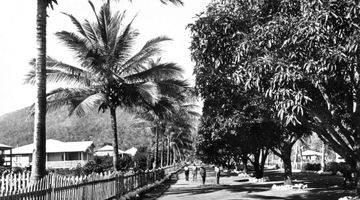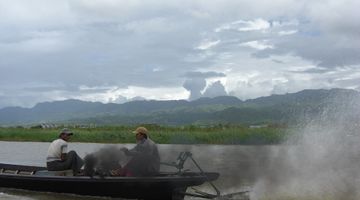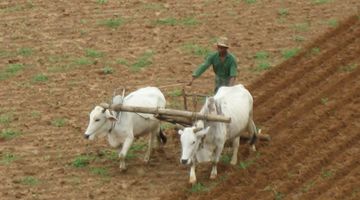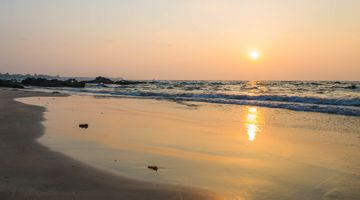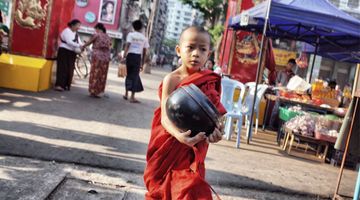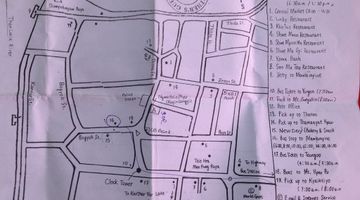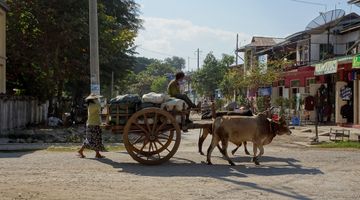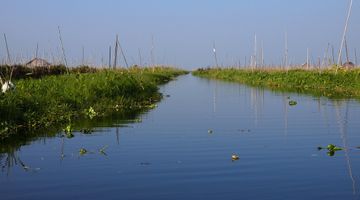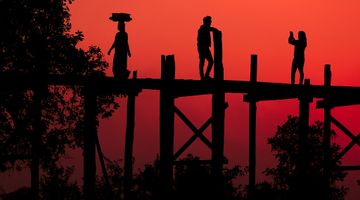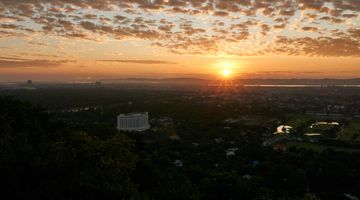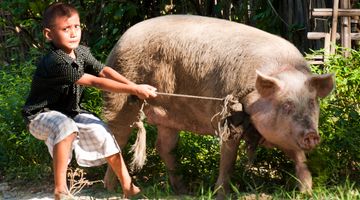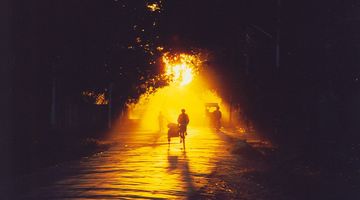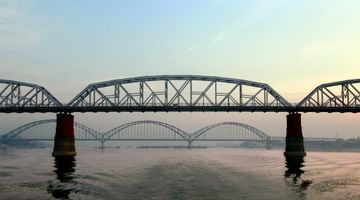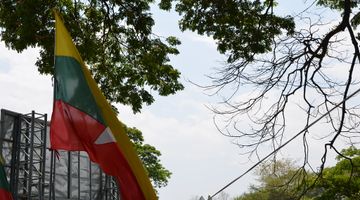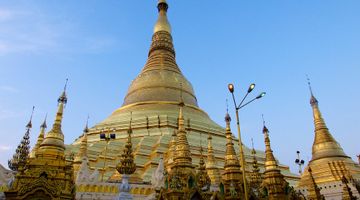Myanmar Travel Restrictions
If you read the news on a regular basis and keep up to date with what’s happening in Asia, you may think that Burma is in a state of conflict. Whilst there are a few Myanmar travel restrictions near the borders, travelling to most of the country isn’t off limits. You can find lots of wonderful people and places to visit and will feel completely safe during your trip.
Don’t be disillusioned by current conflicts. Get your visa to Myanmar and visit this fascinating country in Southeast Asia to see how safe it is for yourself. This article aims to answer the question is it safe to travel to Myanmar and offer some advice on travel restrictions in the country.
Is it Safe to Travel to Myanmar?
The short answer is that it’s very safe to travel to Myanmar. Local Burmese tend to be conservative Buddhist, which is associated with a kind personality and hospitality towards strangers. You won’t feel threatened about your personal security in any part of the country and will probably find that the locals are warm and helpful.
In fact, Yangon is considered to be the safest large city in Southeast Asia. Though, it doesn’t give you an excuse to walk around flashing your expensive electronics. Myanmar is a poor country and opportunistic thieves do exist.
Tourists find it safe to walk around alone at any time of the day. Locals will rarely approach you apart from trying to sell you something or get you to join their freelance tour. A shake of the head and a polite no usually deters them.
You may get a few people approaching you, but this is probably mostly because you’re a foreigner in a country that gets relatively few. It’s almost always out of curiosity and for the local Burmese to practice their English.
Tourist Visa Restrictions in Myanmar
This section describes the essentials about getting a tourist visa to visit Burma and offers some tips and suggestions for safe travel in Myanmar. First, let’s look at do you need a visa for Myanmar?
Most nationalities need to apply for a 28-day e-Visa in advance of travelling to the country. This costs $50 and takes a few days to process after you complete an online application form, upload a recent photograph, and make the payment. Your visa is then valid for travel anywhere between one to three months.
The tourist visa allows you to visit most parts of the country without facing any problems or travel restrictions on the typical tourist trail. You shouldn’t face any problems or complications with your tourist visa when you travel to Yangon, Bagan, Mandalay, or Inle Lake. And as mentioned above, it’s very safe to walk around with Myanmar having very little crimes targeted towards foreigners.
However, there are parts of the country that are off limits to tourists due to civil unrest and ongoing conflicts. It’s best to stay away from these areas at all costs to protect yourself from danger and to avoid the wrath of the police or government. Myanmar travel restrictions are discussed below in the next section.
Restricted Areas in Myanmar
Myanmar is a safe destination to visit if you stick to the tourist trail. The country does suffer from internal conflicts with different ethnic groups but going into detail is way beyond the scope of this article. There are a number of travel warnings on Myanmar that advise against all but essential travel to large parts of Shan State, Kachin State, and Rakhine State. And you’re also likely to encounter a number of other Burma travel restrictions as a tourist if you want to get far off the beaten track and explore some of the hard to reach places.
The government restricts tourists from visiting most parts of Shan State apart from the capital Lashio and two other smaller towns. There are also current travel restrictions in Kachin State but tourists can travel to Putao, Bhamo, and Myitkyina. This is because Myanmar is in the midst of ongoing conflicts in both the northern part of Shan and Kachin States.
And large parts of Rakhine State are also off limits to tourists because of the civil unrest. However, the tourist resort of Ngapali is still accessible and the route connecting this region to the airport.
Some areas near the border with Thailand, Laos, and China are volatile. Clashes between armed insurgents and the military aren’t uncommon. Banditry and unexploded mines also increase the risks in these areas and you should avoid going anywhere near them. Don’t even think about trying to reach these parts of Myanmar without the correct permission from the authorities. Expect lots of checkpoints along the road as you enter the restricted areas and if you don’t have the necessary permission or paperwork, you’ll be forced back.
It’s also important to mention that there are other Myanmar travel restrictions that aren’t mentioned in this article. And also be aware that what may be accessible today may very well be out of bounds in a few months. But this is extremely unlikely to happen in Yangon, Bagan, Mandalay and Inle Lake.
The best piece of advice is to check the official travel advice on Myanmar from your home country before you visit. Click here for a more comprehensive list of restricted areas in Myanmar.
Other Safety Issues in Myanmar
This section will quickly cover a few other things that you should be aware of as a tourist travelling to Burma. Whilst they aren’t directly linked to travel restrictions, you should be aware of them to ensure you stay safe.
The biggest danger in Myanmar is with the road safety. Cars don’t stop to allow pedestrians to cross and street lighting is poor in some parts of the counties. Roads aren’t in the best of conditions and traffic laws aren’t always observed. This can make crossing the road difficult at the best of times. Flooding and frequent blackouts also make this a little more dangerous. Bring a flashlight when you go out after dark.
The Water Festival that celebrates the New Year in Myanmar during April has the potential to become volatile and a little dangerous for tourists. The festival is characterised by the locals throwing water at each other. Everything is in good spirits and everyone has a fun time. But, people drink heavily and drug use increases. This can make it a little dangerous later in the evening after the locals have spent the day binging. Traffic accidents and road deaths shoot up too during the Water Festival.
Another issue to be aware of is that Myanmar takes religion very seriously. If you insult Buddhism or show any disrespect towards it, you may be faced with criminal charges or even attacked by local vigilante groups. You wouldn’t go to the Middle East and openly insult Islam because of the consequences, so don’t do it with Buddhism in Myanmar.
To Sum It Up
The bottom line is that Myanmar is a very safe place to travel to if you don’t try to go too far off the beaten track. A number of restrictions are in place to areas of civil unrest including parts of Shan, Kachin, and Rakhine. Read the latest Burma travel warnings and avoid places where the government doesn’t want tourists to visit and your trip to Myanmar will be completely safe.




